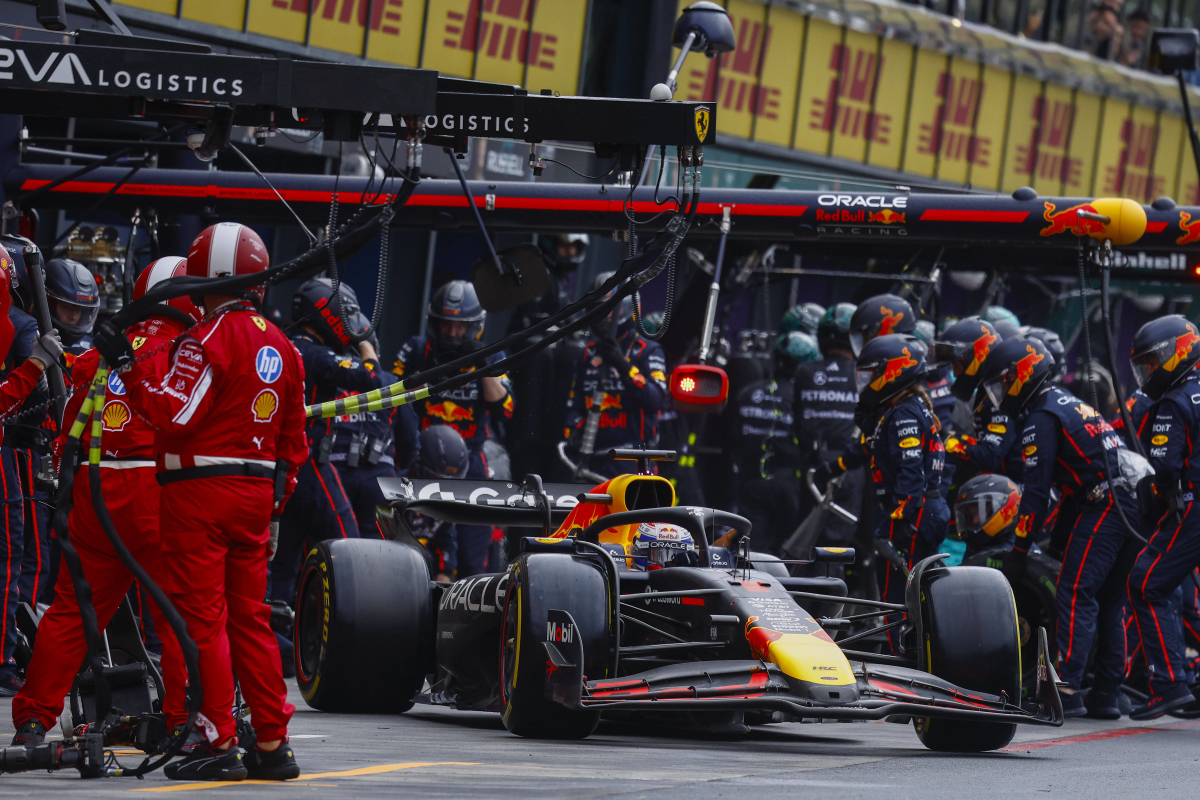Formula 1 mechanics are among the most skilled and fast-paced professionals in motorsport. Their work begins long before the lights go out and continues until the last piece of equipment is packed away. Here's what it takes to keep a car running on race weekend.
While drivers get most of the spotlight on race day, the performance of every Formula 1 car relies heavily on the team behind the scenes. At the heart of this effort are the mechanics. These are the men and women who build, repair, and fine-tune the cars at lightning speed and with total precision. Without them, there is no racing. The job of a Formula 1 mechanic is physically and mentally demanding. It requires long hours, technical expertise, and the ability to stay calm under immense pressure. Each race weekend brings new challenges from unpredictable weather and crashes to last-minute setup changes. The balance of focus and timing required is not unlike what fans enjoy at boomerino casino, where every move counts and decisions must be sharp. So what exactly does a mechanic do between Thursday and Sunday at the track? Here's a closer look.
Preparing the Car Before the Weekend Begins
The work starts days before the first practice session. Mechanics arrive early to help assemble the garage setup, organize tools and parts, and receive the car’s chassis and components that arrive in flight cases from the factory. Once the garage is operational, they begin assembling the car according to detailed plans from the engineering team.
This process includes fitting the power unit, gearbox, suspension, brake systems, steering, and hundreds of sensors that collect live data. Everything must be torqued to exact specifications, tested, and double-checked. Even small errors can compromise a driver’s safety or performance.
Working Through Practice and Qualifying
Once the car is on track for practice sessions, the mechanic’s job shifts to constant monitoring and adjustment. After each session, the car is returned to the garage where the mechanics inspect everything, from tire wear and fluid levels to damage from curbs or debris. If a driver reports an issue such as a strange vibration or brake fade, mechanics need to act quickly to diagnose and fix it.
Between sessions, setups are tweaked for better balance or speed. This might include changing suspension settings, wing angles, or brake ducts. Mechanics work with the engineers to implement changes based on data and driver feedback.
During qualifying, every second matters. Mechanics are responsible for perfect pit stop simulations, managing tire temperatures, and ensuring that the car is in peak condition. A mistake in these high-pressure moments can mean the difference between pole position and the midfield.
Race Day Responsibilities and Fast Reactions
On race day, the pressure is at its highest. Mechanics start early with final checks, warm-ups, and system tests. Before the formation lap, they must clear the grid in seconds and ensure everything is functioning perfectly. Once the race begins, they are on standby for pit stops and any emergency repairs.
During a pit stop, each mechanic has a specific task such as removing or attaching wheels, adjusting front wings, or operating the jack. Timing and coordination must be flawless. The fastest teams complete a four-tire change in under 2.5 seconds.
If there is contact or damage during the race, mechanics prepare replacement parts and tools immediately. Sometimes, a wing or tire change must be performed under time pressure while keeping within FIA safety regulations.
When the checkered flag waves, the job still is not done. The car is disassembled, inspected, and packed for transport. Only then do the mechanics get to rest until it all starts again at the next circuit.
Related






































 Grand Prix of Australia 2025
Grand Prix of Australia 2025  Grand Prix of China 2025
Grand Prix of China 2025  Grand Prix of Japan 2025
Grand Prix of Japan 2025  Grand Prix of Bahrain 2025
Grand Prix of Bahrain 2025  Saudi Arabian Grand Prix 2025
Saudi Arabian Grand Prix 2025  Grand Prix De Monaco 2025
Grand Prix De Monaco 2025  Gran Premio de España 2025
Gran Premio de España 2025  Grand Prix du Canada 2025
Grand Prix du Canada 2025  Grand Prix of Austria 2025
Grand Prix of Austria 2025  Grand Prix of Belgium 2025
Grand Prix of Belgium 2025  Grand Prix of Hungary 2025
Grand Prix of Hungary 2025  Grand Prix of Azerbaijan 2025
Grand Prix of Azerbaijan 2025  Grand Prix of Singapore 2025
Grand Prix of Singapore 2025  Gran Premio de la Ciudad de Mexico 2025
Gran Premio de la Ciudad de Mexico 2025  Grande Prêmio de São Paulo 2025
Grande Prêmio de São Paulo 2025  Qatar Grand Prix 2025
Qatar Grand Prix 2025  Grand Prix of Abu Dhabi 2025
Grand Prix of Abu Dhabi 2025 